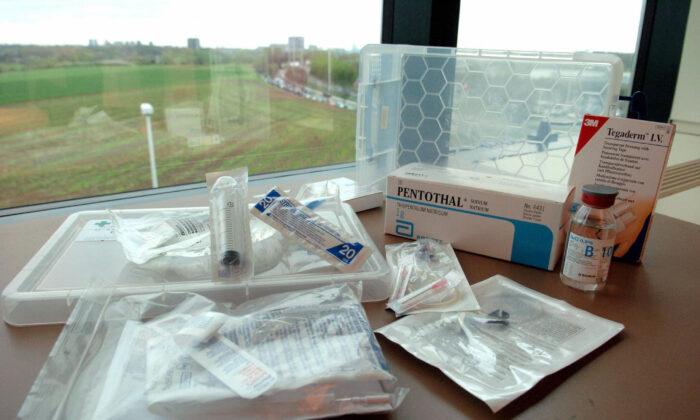Should psychiatrists and other doctors assist the suicides of mentally ill patients? Not that long ago, the answer to that question would have been an unequivocal no.
The job of a mental health professional is to save the lives of suicidal patients, not help them die.
But that was before assisted suicide became an up-and-coming cultural cause. Most people think that the “right to die” movement is restricted to people with terminal illnesses. While true in this country—so far—that’s just the proverbial camel’s nose under the tent. Once people accept the lethal premise that killing/suicide are proper responses to suffering, there’s no permanent way to logically limit “death with dignity” to those who are diagnosed as dying.
There is already abundant advocacy in professional journals and among euthanasia activists to allow lethal injection or prescribed suicide as a “treatment” for the suffering caused by mental illness. Welcome to the subversive mental health concept known as “rational suicide,” a concept now deemed wholly respectable and worthy of reasoned discussion and debate in learned medical journals.
Indeed, some advocates believe that the proper response to a patient’s “rational” desire to die is for the mental health professional to facilitate the suicide as if death were a palliative medical treatment.
The rational suicide movement appears to be gaining traction, helping advance the assisted suicide public acceptability well beyond the terminal illness limitation. Once society rejects the sanctity of human life ethic, that makes sense. If killing/suicide is an acceptable and respectable response to suffering, why should it be limited to the dying? After all, people with mental illnesses may suffer far more intractably—and for a far longer time—than the terminally ill.
Hence, he could think of no reason why “incurable mental illness should not also be sufficient” grounds for facilitated death. In his view, even a mental health professional’s disagreement with the suicide or the prospect for amelioration should not be a ban on euthanasia: “In the end, only the patient can judge how unbearable the suffering is, and therefore, how much weight should be given to the possibility that it will end, either with further treatment or on its own.”
Oh, Wesley! That’s just a “slippery slope” argument! Doctors will never actually kill the mentally ill.
And here’s an insidious twist: Euthanasia for mental illnesses has become conjoined with organ donation in both the Netherlands and Belgium. Such kill-and-harvest procedures have even been written up approvingly—or at least without criticism—in notable international organ transplant medical journals.
Ponder the enormity of what was done by doctors! Four people—who were not otherwise dying—were killed and then swiftly wheeled into a surgery suite to have their organs removed. One of these was mentally ill. In a particularly bitter irony, the latter patient was a chronic self-harmer, the “treatment” for which was administration of the ultimate harm: death.
Some might ask, if mentally ill patients want euthanasia, why not get some good out of their deaths by taking their usable organs?
But coupling organ harvesting with the “mercy killing” of the mentally ill creates a strong emotional inducement for people in anguished mental states to commit suicide. Indeed, it could be the tipping point that pushes patients into the abyss.
Here’s the bottom line: Assisted and rational suicide are really about abandonment. It might start slowly with restrictions. But once a society accepts the lethal premise that killing is an acceptable answer to suffering, sheer logic will take us where Belgium, Netherlands, and Canada already are. We go down that road at our great moral peril.





